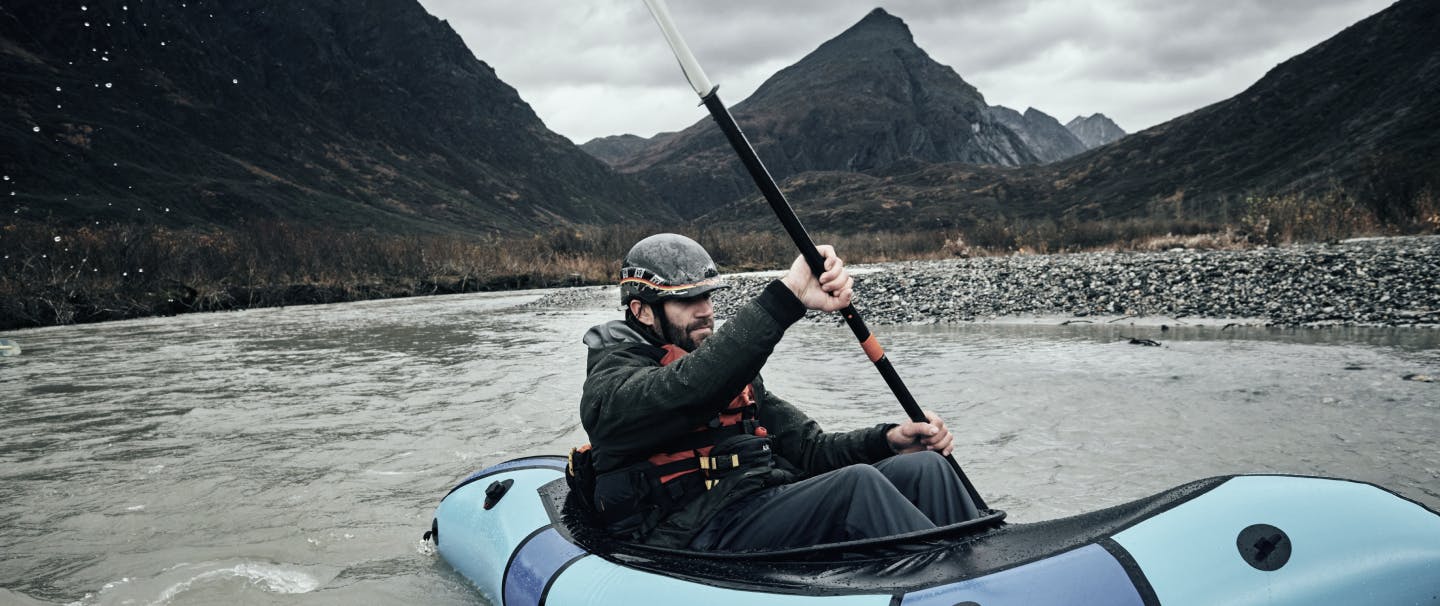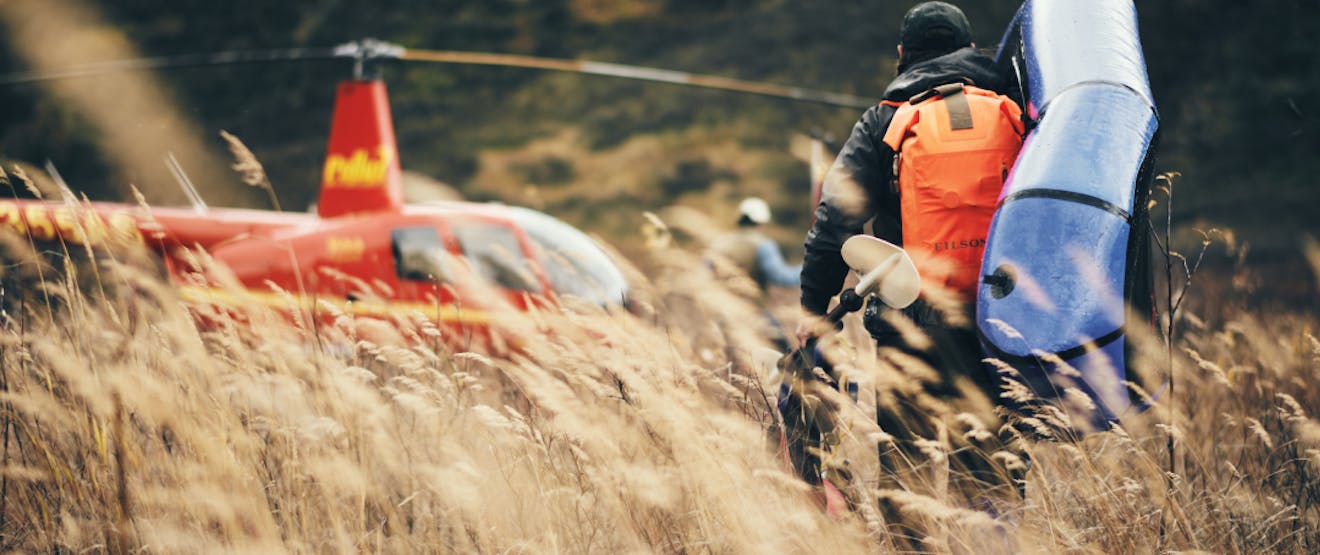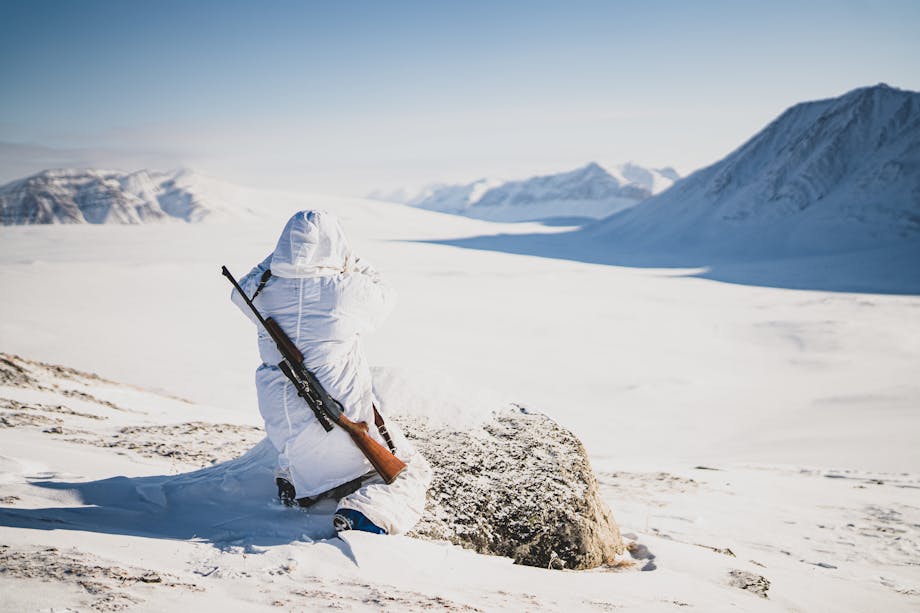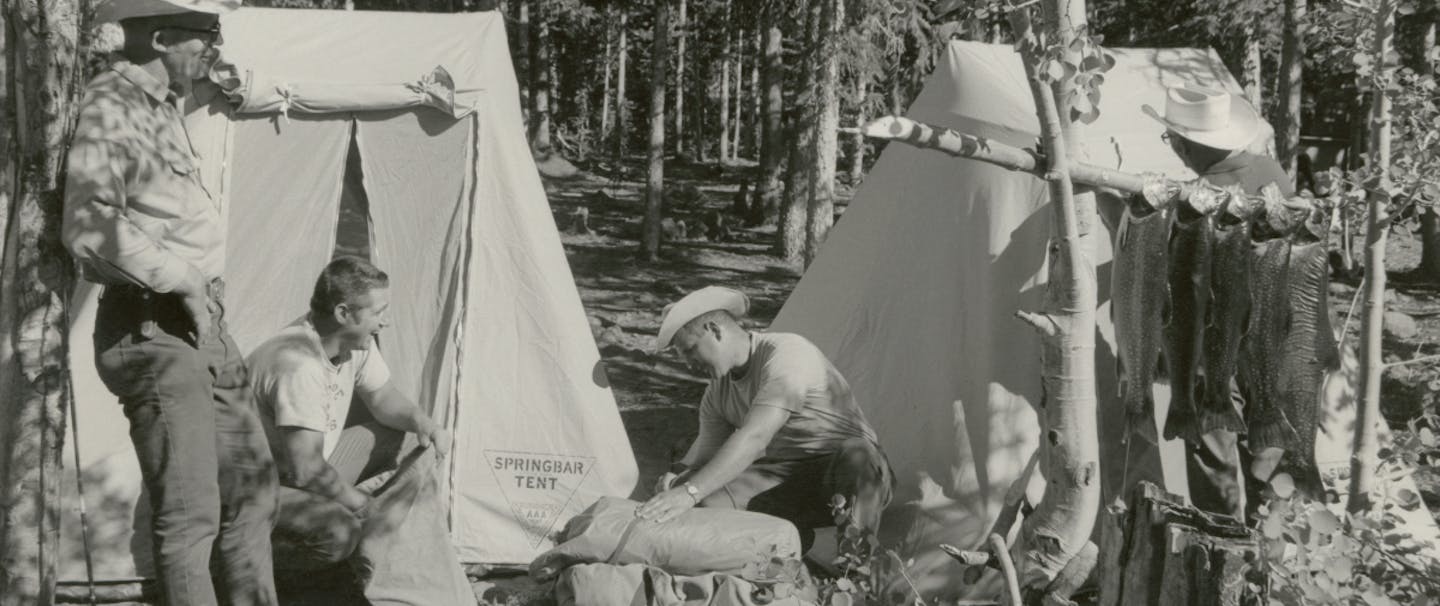Harry Karstens, Denali National Park’s first superintendent, knew many of the trails that wound through the interior of today’s Denali National Park and Preserve. They were not marked by signs pointing to the next junction. Rather, these were watery routes that usually froze solid in winter, and trails crossing tundra that caribou might create as they followed migratory paths etched into their memories.
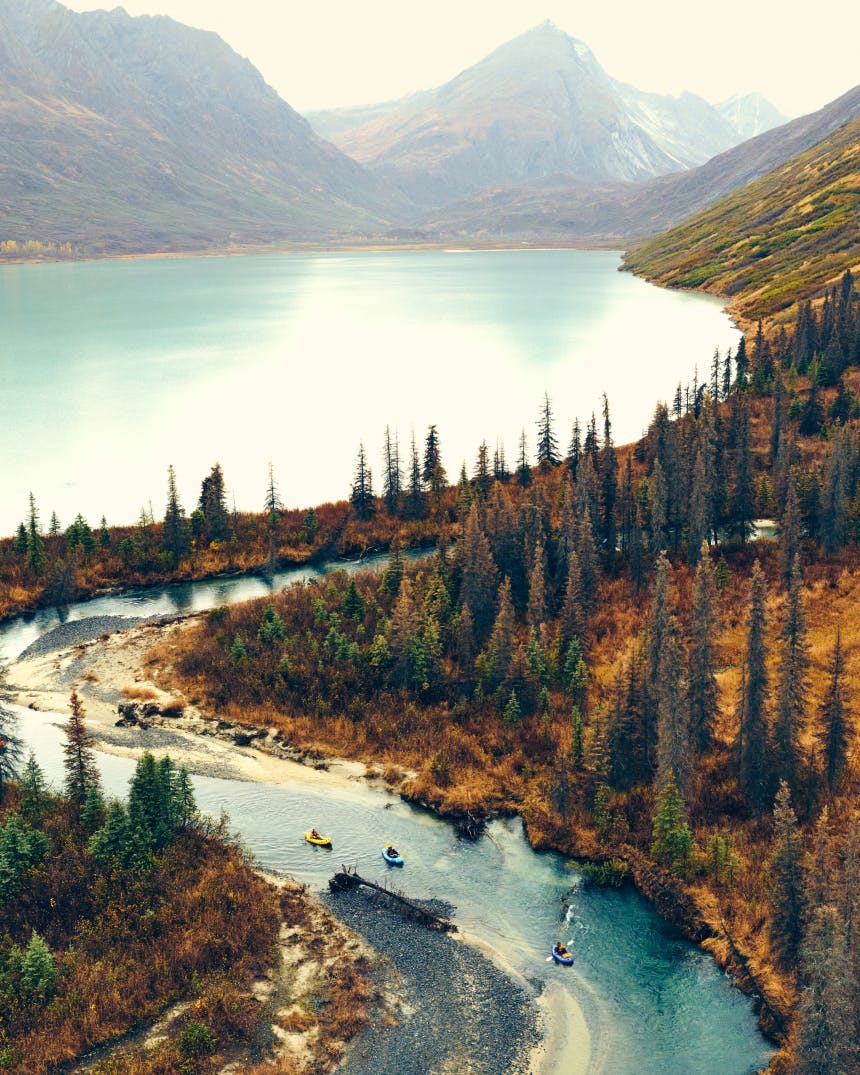
Karstens came to know many of these routes intimately from prospecting and hauling mail by dogsled through parks and elsewhere in Alaska during the first years of the 1900s. The “Seventymile Kid,” a nickname tied to a river drainage he once prospected, navigated the basins of frozen rivers on the way to distant roadhouses and miners’ camps, at times following the Toklat and Kantishna rivers deep into the interior.
Karstens encountered daily the risks of backcountry travel in the dead of winter: temperatures 30 to 40˚F below zero; thin ice that could collapse, plunging you into waters that in a breath froze solid to your clothes and skin; and blizzards that could bury you.
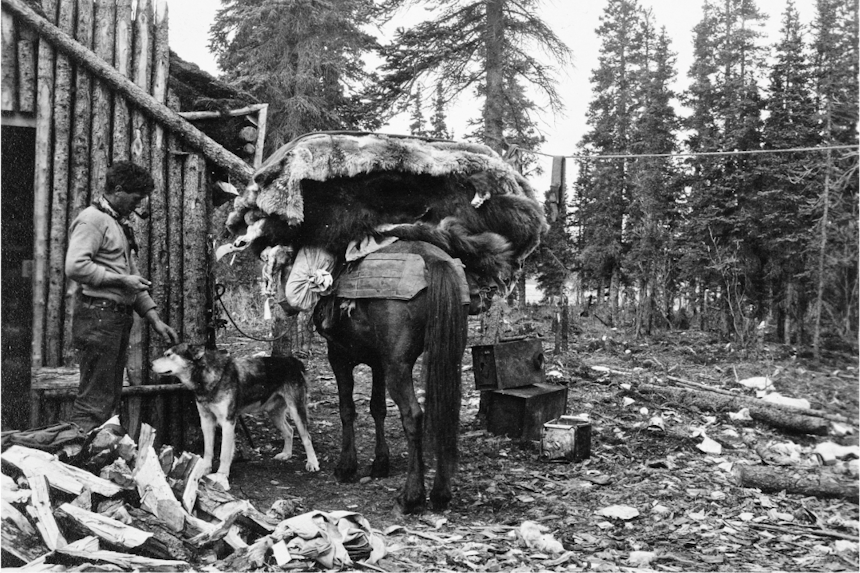
Harry Karstens and Silas with Toklat horse packed with bear skins, June 1, 1908. Gelatin silver print, 4 x 5 in. Collection of Shelburne Museum Archives, gift of Sheldon Family in memory of their father Charles Sheldon.
Today’s GPS units, gas stoves, and lightweight gear make it easier to negotiate Denali’s backcountry. But the challenges Karstens faced—winter and summer—haven’t changed over the past century. This is a landscape continually under construction from rivers flowing swift and deep at times, braided thin and wide at others, where Dall sheep and caribou roam … and mosquitoes swarm. Grizzly bears are at home in this landscape and can raise the hairs on your neck if you spot one on a hike or backpacking trek. But, as Alaska naturalist Bill Sherwonit will tell you, Denali’s park history shows that crossing streams is more deadly for hikers and backpackers than are bears (the unofficial score is 4 to 1 since 1950, he notes.)

Our Skagit Rain Jacket is built with a three-layer fabric consisting of an extremely tough, tightly-woven nylon shell that shrugs off stray thorns and branches, and a breathable waterproof membrane that’s laminated to the interior.SHOP FILSON SKAGIT JACKET
This fluid side of the national park is the playground of well-experienced pack rafters, self-contained adventurists who inflate their portable craft to run a river, then pull the plug, pack it away, and hike over a mountain to reach another headwater.
The wildness, rawness, ruggedness, and even dangerousness of Denali today nearly matches that which Karstens encountered, and that’s why exploring the landscape is exhilarating. It’s a landscape literally ebbing and flowing with the seasons. Spring and summer snow and ice melt from mountains that climb to the roof of the Alaska Range swell the Toklat, Savage, McKinley, Sanctuary, and other rivers that ripple across Denali.
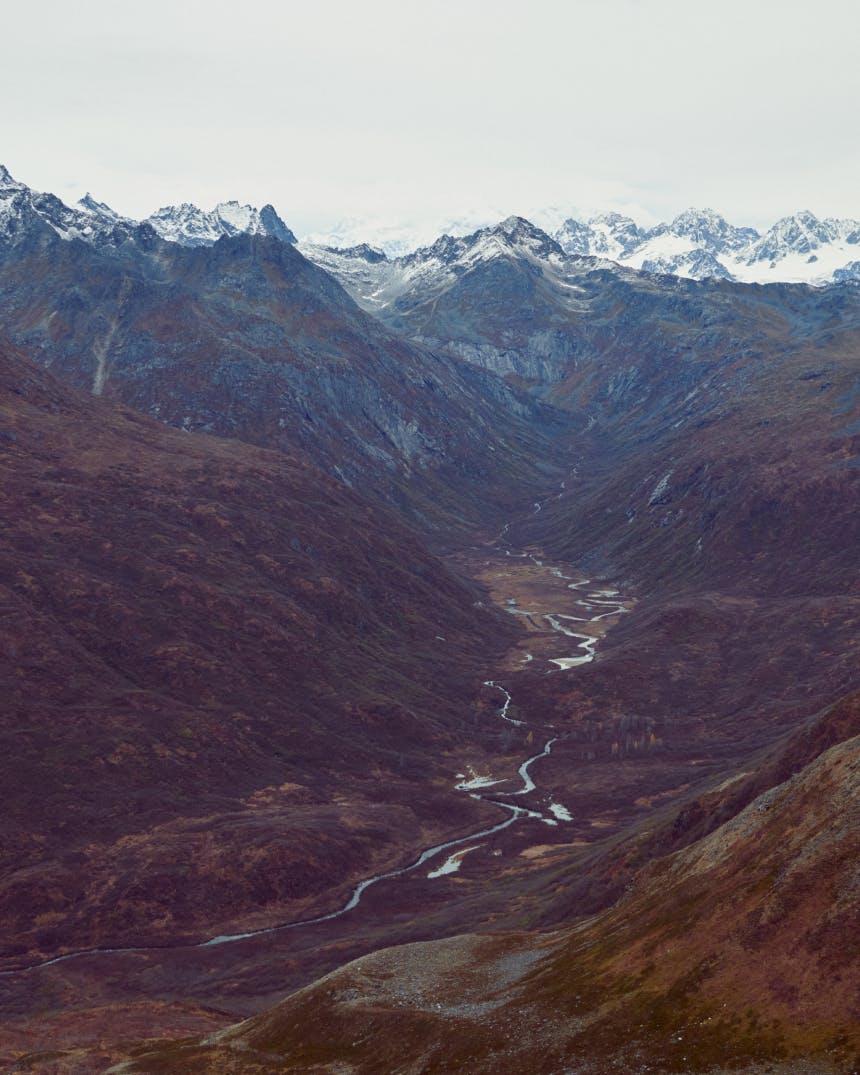
This fluid side of the national park is the playground of well-experienced pack rafters, self-contained adventurists who inflate their portable craft to run a river, then pull the plug, pack it away, and hike over a mountain to reach another headwater. Dick Griffith earned the title of “grandfather of packrafting” in Alaska following a trip he made from Hope to Homer in 1982, a 168-mile journey by car, but longer by packraft. Andrew Skurka showed how he had mastered it in 2010 during his 4,679-mile circumnavigation of Alaska by foot, raft, and ski, a trek that earned him “Adventurer of the Year” honors from National Geographic.
According to Denali staff, your best approach for a pack raft adventure is to ride the park bus into the park, hike south from the Denali Park Road, and then float a river back to the road. Or you could paddle north from the road and either retrace your steps to the road or choose an alternative route that will get you back to catch the bus. “There are also a number of creeks and rivers accessible without the bus system. They require more logistics but offer outstanding opportunities for solitude,” staff add. More tips and suggestions can be found on the park’s website.
Since summer cloudbursts can lend an extra oomph to river flows, be sure to keep an eye on the skies overhead as well as the stream spilling out before you. Water also draws wildlife; in areas where thickets crowd the stream, banks park staff warn you to watch for moose and grizzlies.
But if you are up to the challenge, and have Karsten’s mettle, add Denali to your to-do list.

